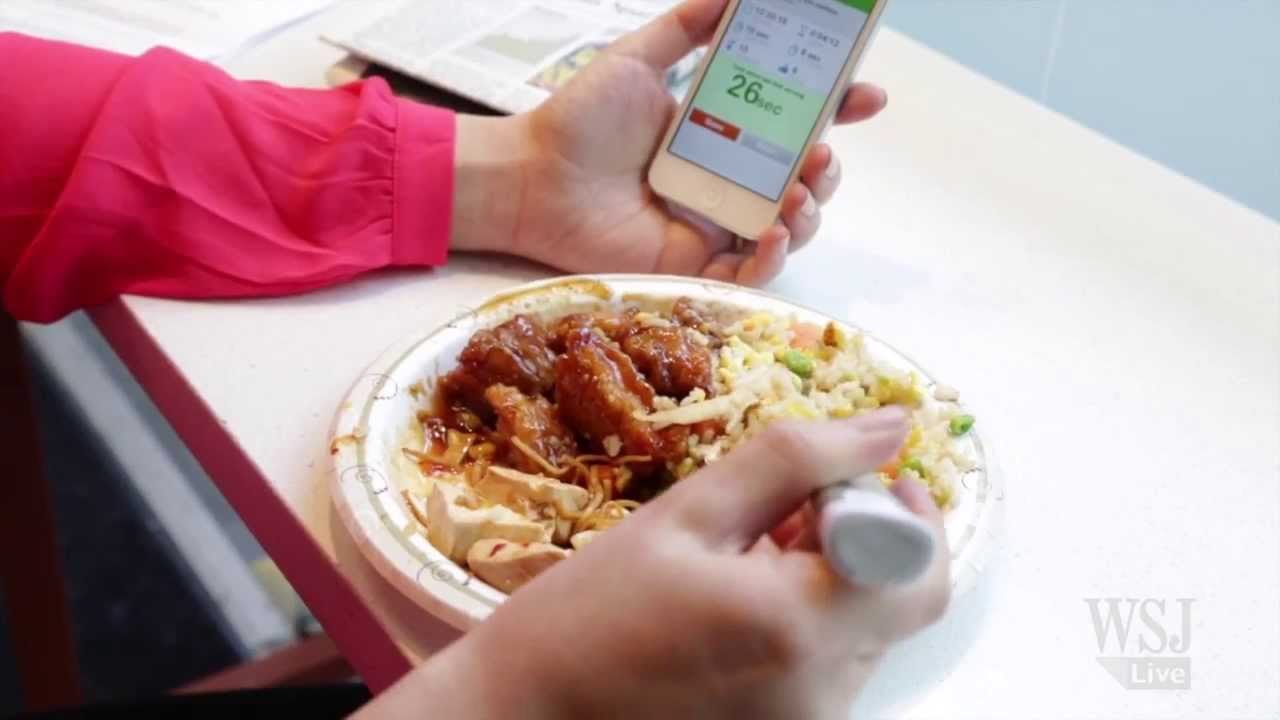They starter their kickstarter in 2014 and still haven’t delivered anything. Im just skeptical but I hope it works like they claim!
Funny everyone is calling it “A Diet Scanner”.
Sounds about right…
Reminds me of the smart fork.
Can’t wait for your review
Here’s a primer on near Ir. http://www.scielo.br/scielo.php?script=sci_arttext&pid=S0103-50532003000200006
Near IR as a quantitative technique requires a rigorous model based on many known samples precisely because it utilizes diffuse reflectance as a technique. Other than very dark objects that are dark because they absorb most of the light hitting them, any material rich in OH, CH, SH, NH, and most other hydrogen containing materials ( including most plastics and natural materials likely to be processed by GF) can be characterized by near ir. The penetration depth in living tissue swamped with these bonds is 0.3 cm (see figure 7 https://en.wikipedia.org/wiki/Near-infrared_window_in_biological_tissue#/media/File:Effective_penetration_depth.PNG ). Fortunately, most thin films used to coat laserable materials are 1-3 mil thick at most. When a fingerprint scan is performed this thin film compared with the entire penetration depth observed, is small enough that one can identify what is under it. Yes, you will see a difference in a scan with or without film and yes then one can identify each material in the database accordingly. NIR scans of materials like produce , pharmaceuticals, and even composite decking can be identified through a variety of films. I ran a plastic extrusion line where a NIR scanner rep demonstrated this fact to my sceptical eyes. Now, it is true that there are no quarantees that the sclo team can pull off a commercial success, but NIR (although academia is slow to get involved) is already becoming accepted as a non invasive, rapid, and cheap way of classifying a wide variety of materials.
@spike Lol, I certainly wouldn’t compare an analytical sensing device that can measure accurately the sugar content of a food with a glorified timer that counts how long it takes to touch a conductive fork to your mouth. But, that being said, I found the happy fork demo quite amusing.
Oh, that is good news then. I had dug no further than the initial link and only watched the video on that landing page.
I am curious why they do not have you get in direct contact and simply have the light source and detector inset. It would provide a known background, and known light source. Both of which are highly desirable in spectrometry. I may have to read up on the Scio some time later.
There had been a product similar to the smart fork I saw once, which used the conductance between fork tines to try and identify your food. It was used as a child’s toy to encourage them to eat vegetables and fruits, with a little game placemat. But this could have been a random dream, since when I try to search for it, I just keep seeing this HapiFork thing.
WOW! the tech behind that!
GF should put one in every unit to auto detect materials.
Apparently, they are in an intellectual property dispute with someone. Here is a withdrawn US patent.
US9354117B2.pdf (307.2 KB)
Additional US Patents have been filed. I can make them available as pdf files if someone wants them.

